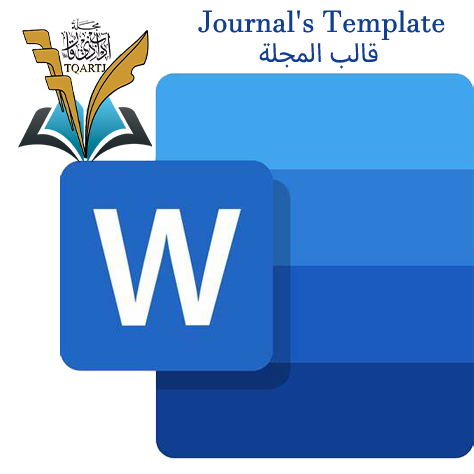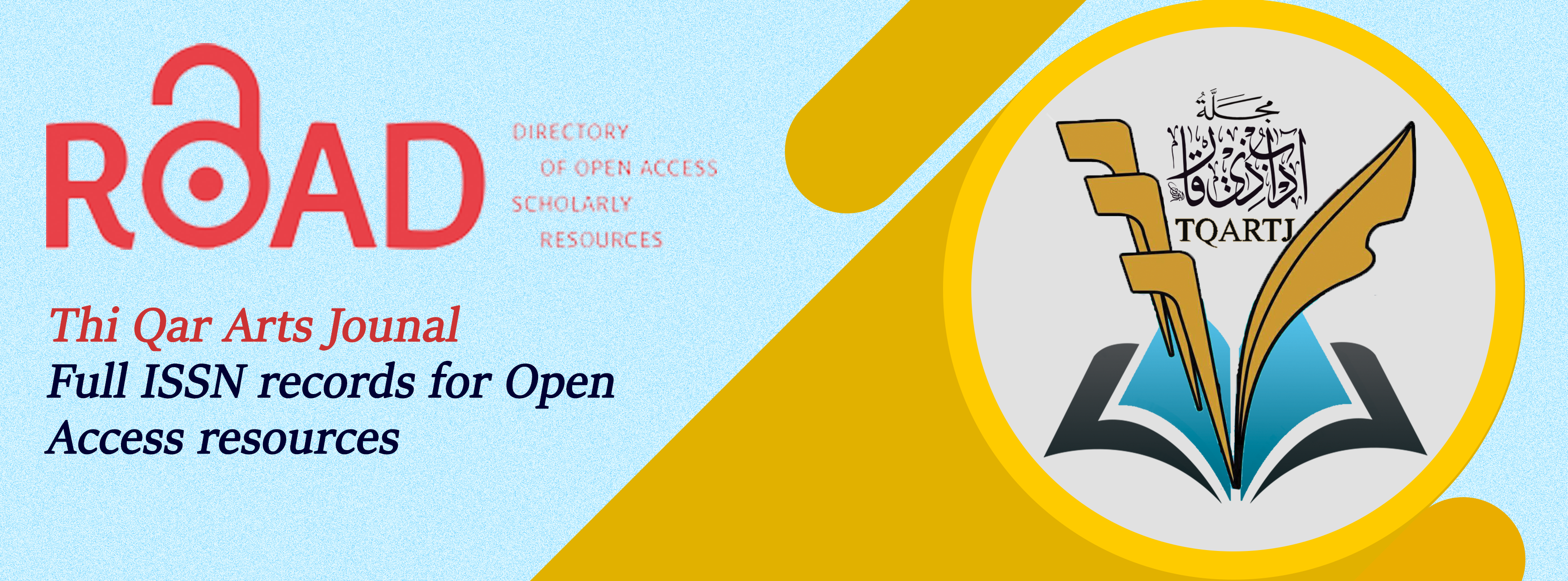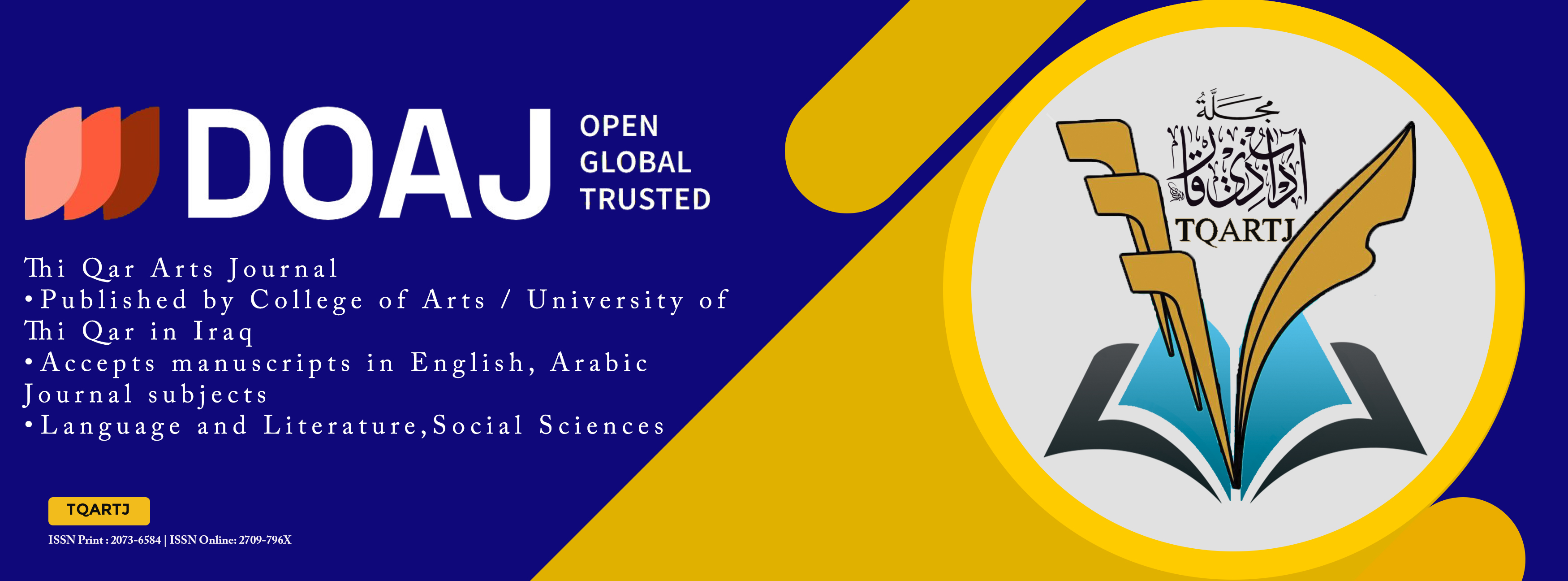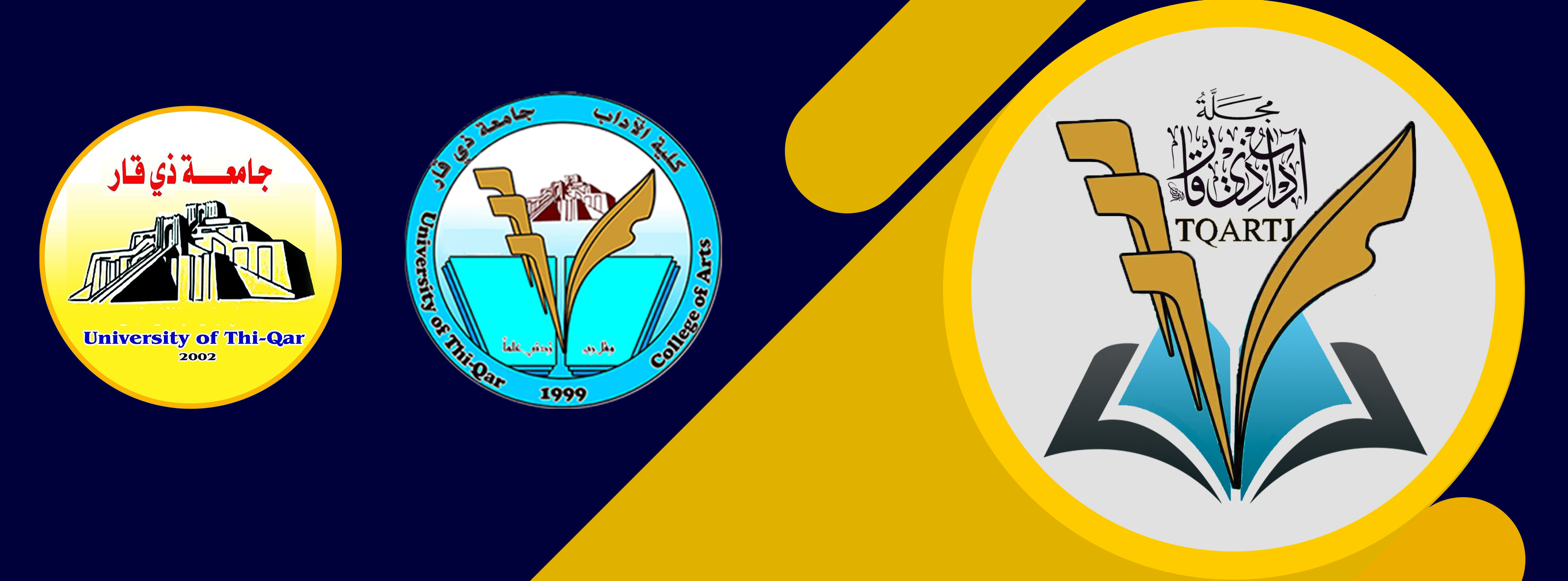The Impact of Technology Integration on Language Proficiency in English Learners
DOI:
https://doi.org/10.32792/tqartj.v2i45.556Keywords:
Undergraduate, Teaching, Learning, CALL, EFLAbstract
The integration of computers into foreign language training appears to support the claim that effective technology use in education may improve both teaching and learning. This study aimed to investigate the effects of using technology, including computers, Iraq undergraduate English language instruction uses the internet and a multimedia projector. The participants were 4 EFL teachers and 40 undergraduate students studying English as their compulsory study course. The study applied in-depth interviews and questionnaires to collect data. The study found that the use of technology in English language instruction had a mixed effect. On the one hand, the technologies stimulated and inspired students to become more engaged with their lessons; on the other hand, the teachers felt more secure and the classes were more dynamic and productive when technology was used in the classroom. It was also discovered that technologies had certain unfavorable effects. The survey also revealed that not many teachers in our nation were proficient in using modern technology in the classroom. That efficient use of technology in the classroom was uncommon. They therefore recommended several training programs that would be beneficial to them. Lastly, this study made the case that implementing technology at the undergraduate level required the support of the institutions and qualified instructors.
Downloads
References
Aydin, S. (2013). Teachers’ perceptions about the use of computers in EFL teaching and learning: the case of Turkey. Computer Assisted Language Learning, 26(3), 214- 233.
Beatty, K. (2003) Teaching and Researching Computer Assisted Language Learning. New York: Longman
Bush, M. & Roberts, T. (Eds.) (1997).Technology-enhanced language learning. National Textbook Company: Illinois.
Carlson, S. (2002, October 11). Are personal digital assistants the next must -have tool? [Electronic version].The Chronicle of Higher Education, 49(7), A33.
Dudeney, G. and Hockly, N. (2007). How to Teach English with Technology. Essex: Pearson Longman.
Egbart, J., Paulus, T. and Nakamichi, Y. (2002). The impact of CALL institution on language classroom technology use: A foundation for rethinking CALL teacher education. Language Learning and Technology, 6 (3), 108-129.
Ellis, Rod (1985). Understanding Second Language Acquisition. Oxford: Oxford University Press.
Erban, T., Ban, R. and Castaneda, M. (2009).Teaching English Language Learners Through Technology. New York: Routledge
Gallego, J. C. (1992). Learning languages via satellite: A report on a tele-class language exchange. Foreign Language Annals, 25(1), 51-58.
Hirvela, A. (2006). Computer-mediated communication in ESL teacher education, ELT Journal, 60(3), 233-241.
Johns, T. & King, P. (eds) (1991). Classroom Concordancing.Special Issue of ELR Journal 4, University of Birmingham,Centre for English Language Studies.
Kern, R and Warschauer, M (2000) Network-based language teaching: concepts and practice. Cambridge: Cambridge University Press.
Kessler, G. (2007). Formal and informal CALL preparation and teacher attitude toward technology. CALL, 20(2), 173-178.
Plakans, L. (2008). Does teachers’ confidence with CALL equal innovative and integrated use? Computer Assisted Language Learning, 21(3), 269-282.
Levy, M (1997) Computer-Assisted Language Learning. Oxford: Clarendon.
Malcolm, D. (2004). Why should learners contribute to self-access center. ELT
Journal, 58(4), 346-354.
Maniruzzaman, M. & M.M. Rahman. (2008). The use of audio aids in the EFL Class at the tertiary level: A plus or a minus? Daffodil University International Journal of Business and Economics, Vol. 3 (1), 121-137.
Salaberry, M. (2001). The use of technology for second language learning and teaching: a retrospective. The Modern Language Journal, 85(1) 41-56.
Şahin-Kizil, A. (2011). EFL teachers attitudes towards information and communication technologies (ICT). Proceedings of the 5th International Computer & Instructional Technologies Symposium, Firat University, Laziğ Turkey
Simpson, J. (2002). Computer-mediated Communication.ELT Journal, 56 (4), 414- 415.
Singhal, M. (1997). The Internet and Foreign Language Education: Benefits and Challenges
The Internet TESL Journal, 3(6).
Warschauer, M. (1997). Computer-mediated collaborative learning: Theory and practice. The Modern Language Journal. 81(4),470-481.
Warschauer, M., & Meskill, C.( 2000). Technology and second language learning. Eastment, D. (2005). Blogging.ELT Journal, 59(4), 358-361.
Downloads
Published
Issue
Section
Categories
License
Copyright (c) 2024 Dorgham Ahmed Nafea

This work is licensed under a Creative Commons Attribution 4.0 International License.
The journal applies the license of CC BY (a Creative Commons Attribution International license). This license allows authors to keep ownership of the copyright of their papers. But this license permits any user to download, print out, extract, reuse, archive, and distribute the article, so long as appropriate credit is given to the authors and the source of the work. The license ensures that the article will be available as widely as possible and that the article can be included in any scientific archive.



















